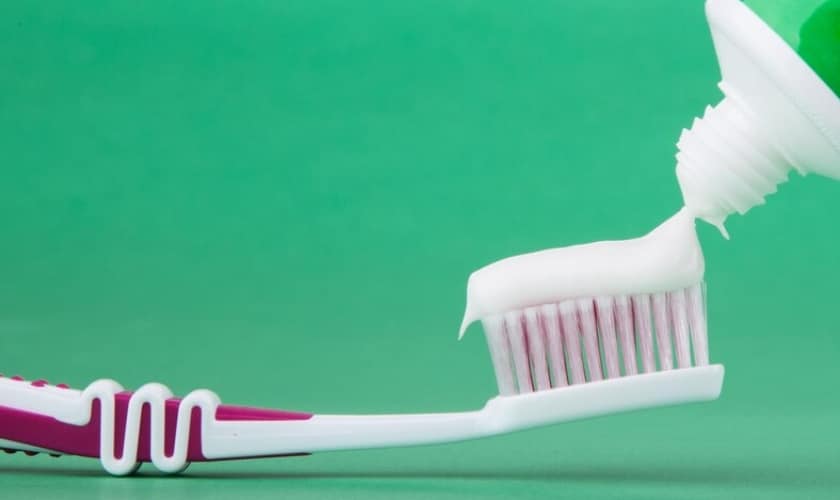Fluoride. It’s a word synonymous with healthy teeth, plastered across countless toothpaste labels. But with a plethora of options available, choosing the “right” fluoride toothpaste can be confusing. Fear not, smile warriors! This blog delves into the world of fluoride toothpaste, unpacking recommendations and guiding you towards the perfect pick for your pearly whites.
Why Fluoride Matters
Before diving into recommendations, let’s understand why fluoride reigns supreme in oral health. Fluoride is a mineral that naturally occurs in water and some foods. Its magic lies in its ability to:
- Strengthen tooth enamel: Enamel is the tough outer layer of your teeth, protecting them from decay. Fluoride strengthens this shield, making it more resistant to acid attacks caused by plaque bacteria.
- Remineralize weakened enamel: Early stages of tooth decay involve the erosion of minerals from the enamel. Fluoride can help redeposit these minerals, reversing minor damage and preventing further decay.
- Reduce cavity formation: By fortifying enamel and hindering bacterial growth, fluoride significantly reduces the risk of cavities, those pesky holes that can cause pain and require dental intervention.
The Right Amount of Fluoride Power
When it comes to fluoride toothpaste, concentration matters. Here’s what the Dr. Peter Truong Vo, the trusted dentist in Haltom City recommends:
- Adults and children over 2 years old: 1,000 to 1,500 parts per million (ppm) of fluoride. This is the optimal range for strengthening enamel and preventing cavities.
- Children under 2 years old: A pea-sized amount of toothpaste with a lower fluoride concentration (around 500 ppm) is recommended. This minimizes the risk of swallowing too much fluoride, which can cause fluorosis (white spots on teeth) in young children.
Decoding the Toothpaste Label: Finding the ADA Seal
While the concentration is crucial, look for the ADA Seal of Acceptance on your toothpaste. This signifies that the product meets the ADA’s standards for safety and effectiveness in preventing cavities. The ADA doesn’t endorse specific brands, but their seal ensures the toothpaste contains the recommended fluoride level and has undergone rigorous testing.
Beyond Fluoride: Tailoring Your Toothpaste Choice
Fluoride is the champion of cavity prevention, but toothpaste can offer additional benefits. Here’s how to choose based on your specific needs:
- Sensitivity: If you experience discomfort while brushing, opt for a toothpaste formulated for sensitive teeth. These typically contain ingredients that block tiny channels in the teeth, reducing sensitivity.
- Whitening: For a brighter smile, consider whitening toothpastes. These contain mild abrasives or chemicals that help remove surface stains, although the whitening effect might be subtle compared to professional treatments.
- Gum health: If gum disease is a concern, choose a toothpaste with ingredients that fight plaque buildup and promote gum health. Look for ingredients like triclosan or stannous fluoride.
Remember: When choosing a toothpaste, consult your dentist for personalized recommendations based on your oral health needs and preferences.
Brushing Up on Brushing Habits
Fluoride toothpaste is a powerful tool, but it’s only effective when used correctly. Here are some brushing basics for optimal results:
- Brush your teeth twice daily for at least two minutes.
- Use a soft-bristled toothbrush and gentle brushing motions.
- Don’t forget to brush your tongue to remove bacteria.
- Floss daily to remove plaque and debris between teeth.
Fluoride toothpaste is a cornerstone of good oral hygiene, protecting your teeth from cavities and promoting a healthy smile. By understanding the recommended fluoride levels, deciphering the ADA Seal, and considering your individual needs, you can choose the best toothpaste to fight cavities and maintain a healthy mouth. Remember, consistent brushing and flossing are crucial partners in your quest for a bright and healthy smile!





